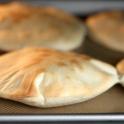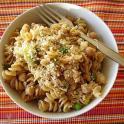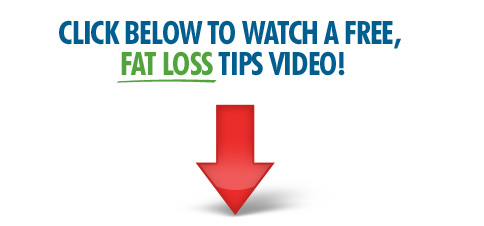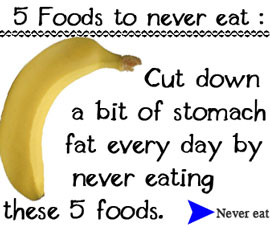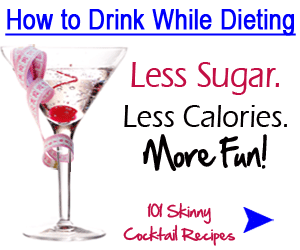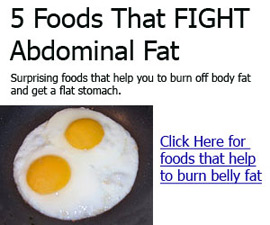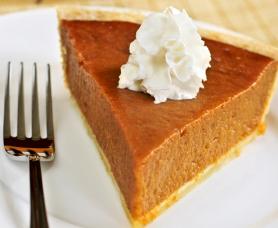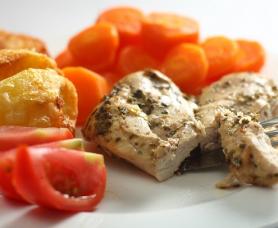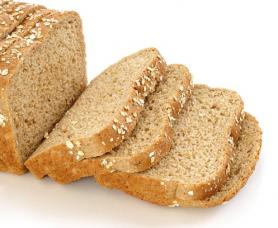One condiment that far too many people are unfortunately in the habit of adding to their diet on a regular basis is butter. If you’re looking to maintain a lower calorie intake and see a good rate of fat loss take place, you’re definitely going to want to do whatever you can to avoid adding too much additional butter to your foods.
Not only will it put you at risk of consuming too many calories but it’s also going to contribute far too much saturated fat to your diet, putting you at risk for heart problems.
Let’s have a closer look at butter and what you need to know about it.
Major Nutrients Found In Butter
As you can see from the table above, butter is pretty much entirely fat content, with the largest portion of fat coming from saturated fat varieties. On the plus side butter doesn’t contain any trans fats, which are the worst type of fats that you absolutely must avoid, but still, this is far too much fat to be adding to your diet regularly.
Butter doesn’t have a lot to offer from a nutrient perspective either except for supplying a small amount of vitamin A to the diet.
Storing/Selecting Butter
When selecting butter you want to choose butter that’s been kept cool in the fridge and then store it in the fridge immediately upon arriving home.
Eat It With:
Butter is traditionally spread over bread, bagels, or toast, however can be eaten with many other foods including mashed potatoes, baked potatoes, pasta, rice, vegetables, or incorporated into many different baking recipes and sauces.
Burn Off Butter
To burn off the number of calories in a serving of butter you would have to do:
- 28 minutes canoeing
- 31 minutes very light cycling
- 55 minutes standing in a line

